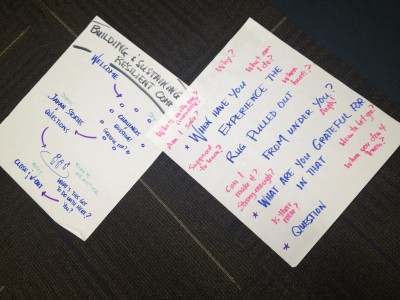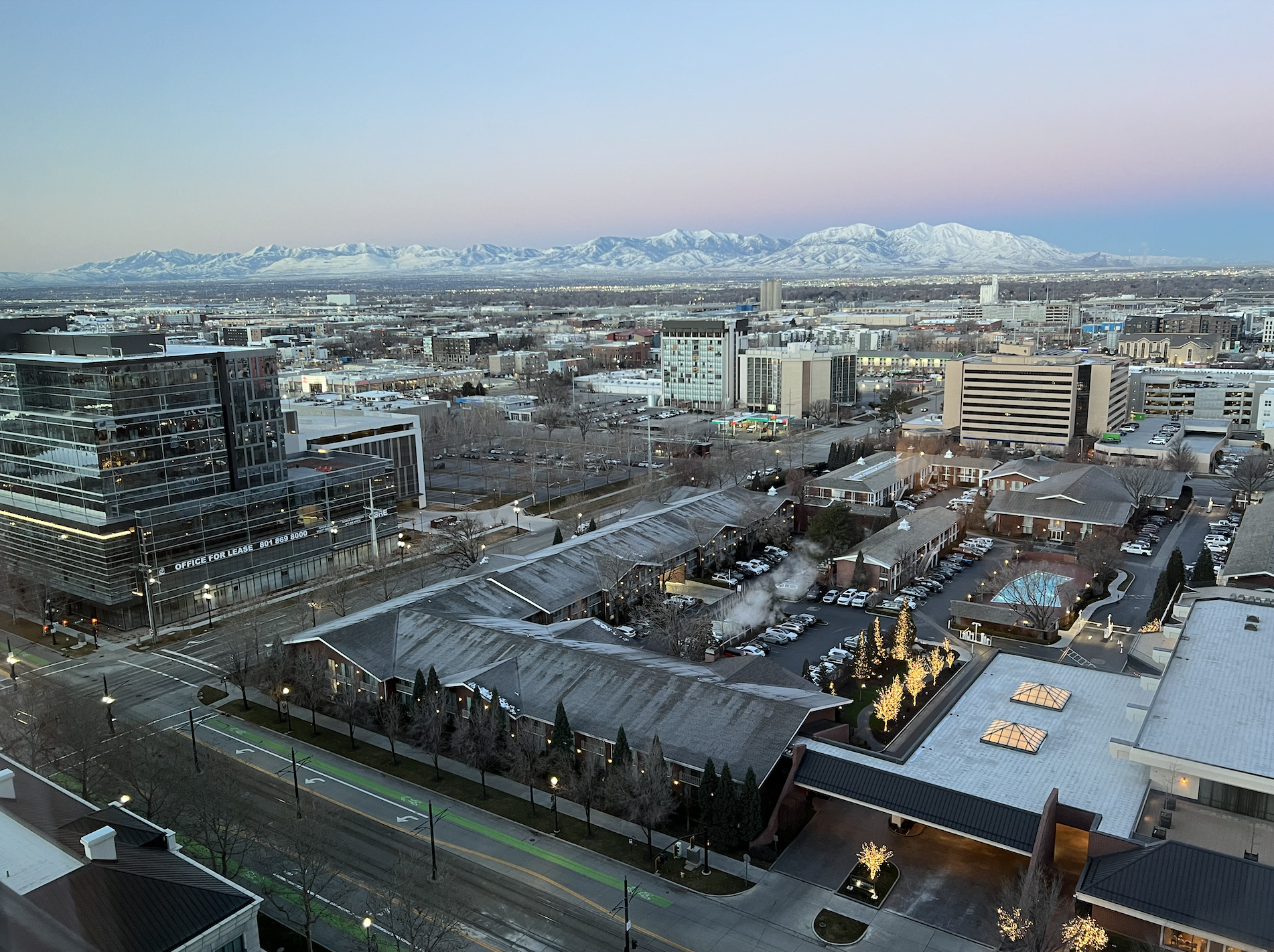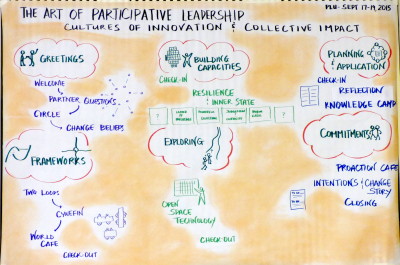 Last night I was so happy to join colleague Jen Smith to host an evening conversation featuring Bob Stilger. Bob and I go back some 15 years now to a decade of work through The Berkana Institute. He is someone I trust. For his skills. For his kindness. For his ability to think and act. Bob is the kind of person you want on your team.
Last night I was so happy to join colleague Jen Smith to host an evening conversation featuring Bob Stilger. Bob and I go back some 15 years now to a decade of work through The Berkana Institute. He is someone I trust. For his skills. For his kindness. For his ability to think and act. Bob is the kind of person you want on your team.
Last night’s conversation, for 15 of us, was about resilience amidst disaster. Our design was simple. First, meet each other to say hello through a check-in circle. Actually a big check in circle yet contained to 45 minutes (What is your name? Where are you from? Why are you here? All of this followed by a second round, When have you experienced the rug being pulled out from under you? What are you grateful for in that?) Second, listen to some story from Bob and his 3o or so years of work in Japan. Listen to Jen who was able to go with Bob to Japan on a learning journey in 2014. In the last four years, Bob’s work has been about creating futures even in turmoil. Third, turn to each other for engagement, What does this has to do with you? Fourth, witness ahas — Is there an aha that you take with you from tonight?
One of Bob’s stories was about molasses and waku waku. Molasses is the word Bob used to describe how most Japanese people showed up for a leadership meeting in 2011. You see, it was after the triple disaster of earthquake, tsunami, and nuclear meltdown. People couldn’t look forward. There was grief. There was loss. There was complete unknown. It was heavy. Thick.
Waku waku is the Japanese word that Bob used to describe what happened to people in that meeting. When they were invited — and let’s face it, held with kindness — to engage together about what it all meant, they found a resilience inside that was excited and exciting. Waku waku was waving of hands energy. It was aha. It was discovery. It was relief. It was the synergy that people found in turning to one another, even amidst massive heaviness.
That transition from molasses to waku waku stuck with me (odd pun not intended). It’s not a “and they all lived happily ever after” story. It is a good, human to human, “as long as we are together” story. Disaster is important. Clearly. But I’ve heard Bob and Jen speak it many times, the impressive story is about what people have inside of them. Bob nailed it with a quote from one of his participants back in 2011. It was offered with a bit of shyness from the participant — could it be said out loud? “These disasters have released us from a future that we did not want.”
The human spirit does amaze, doesn’t it.
Waku waku.

